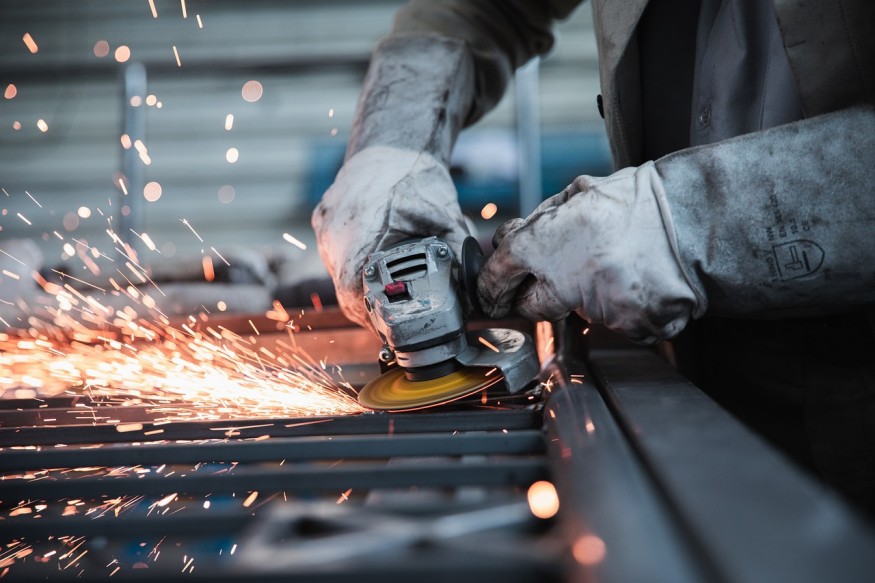Metals are some of the most durable materials on Earth, able to withstand a relatively substantial external force, and are known to be good conductors of electricity. They are also synonymous with modern civilization and the Industrial Age when humans learned how to craft and manufacture steel and other metal-related materials.
Over the past century, several machine industries, and general sectors, including agriculture and automobiles, have integrated metals to be used for various commodities, equipment, and craft. For instance, the modern transportation sector has generally applied metals to planes, trains, and vehicles as a sign of technological advancement.
While metal production and demand have increased during the said period, concerns about the excessive number of metals and some of their hazardous qualities to health and the environment have also been raised. Like overwhelming plastics worldwide, the mentioned phenomenon has been called 'metal pollution' which describes that metal production of our time has also produced heavy metals, considered as environmental pollutants.
Currently, the topic of how to recycle metal has come as a necessity rather than an inquiry in previous years. Experts say recycling metals reduces our need to produce new metals, while also protecting their ingredient natural resources such as iron ore and coal found beneath the Earth. In this article, we explore metal recycling, its importance, and metal pollution.
How To Recycle Metal?

Recycling metal is both a theoretical and practical reality as the process is accomplished in different phases following certain standard procedures. However, there is reported evidence that not all produced metals across the globe can be recycled.
According to the UN's International Resource Panel, the recycling rates of metals are significantly lower than their potential for reuse. Less than 33% of 60 studied metals have a recycling rate of more than 50%. Many of these materials are crucial in the field of clean technology, which includes batteries for hybrid cars or magnets used in wind turbines.
Regardless, metals can be recycled in the following chronological steps, according to the website Conserve Energy Future:
- Collection
- Sorting
- Processing
- Shredding
- Melting
- Purification
- Solidification
Also Read : Metal Pollution: Highly-Toxic Metals Detected in Human Bones Dated Back to 12,000 Years Ago
Metal Pollution
As mentioned earlier, metal pollution is an existing issue of the modern world, in addition to the notorious global plastic pollution. The common factor between the two is that they possess certain toxic substances innate in their properties.
As an example, heavy metals (being natural elements) have been prevalent in multiple industries and technological applications, leading to their widespread distribution to the environment. The presence of toxic metals like mercury and arsenic has brought potential concerns about their impact on the environment and health, according to a study published in the National Library of Medicine.
The study considers these metallic elements to be hazardous and are known to cause multiple organ damage when a person is exposed, even at lower levels.
© 2025 NatureWorldNews.com All rights reserved. Do not reproduce without permission.





